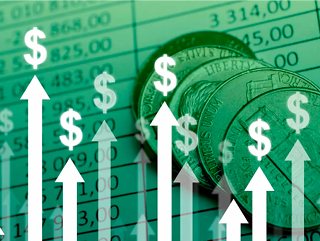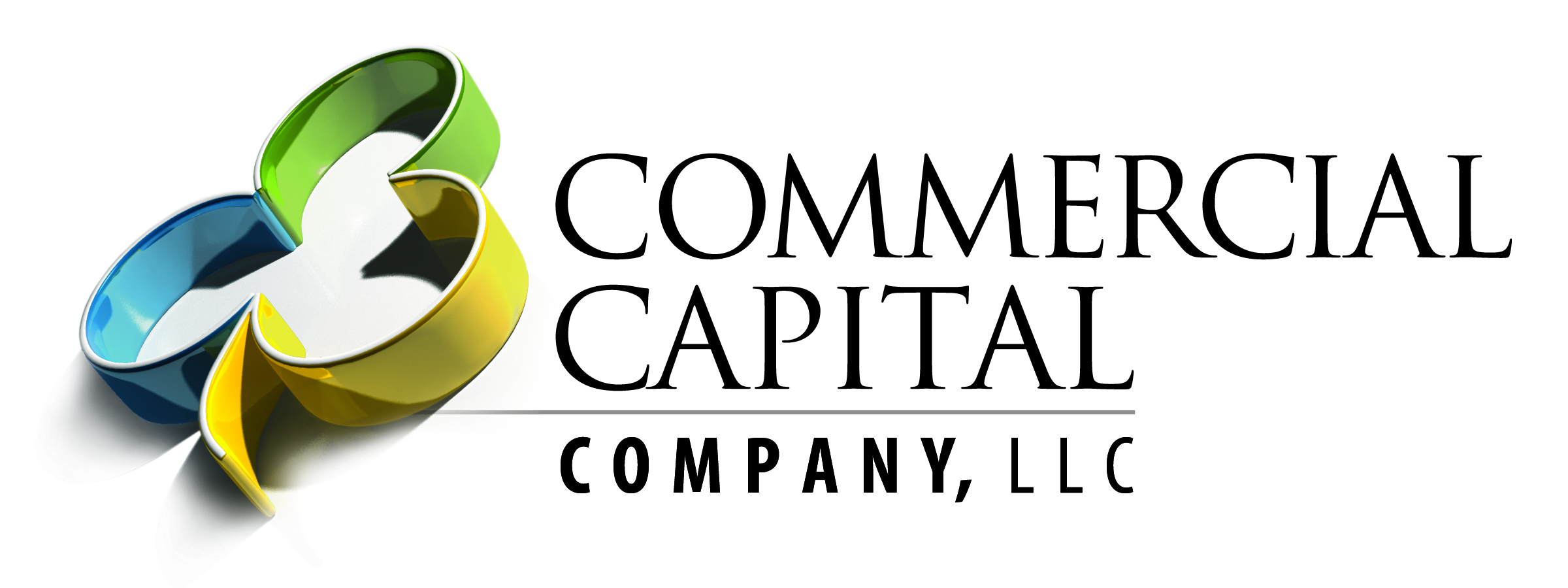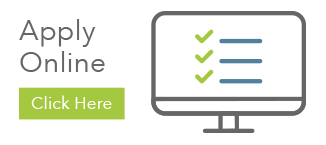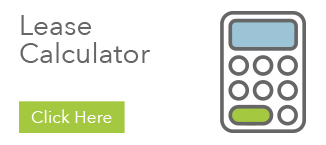Inflation, Stagflation or Recession?
Ew, Inflation! 🙁
For the foreseeable future, we’re going to pay higher prices for nearly everything. As wages attempt to keep up with higher prices for basic goods and layoffs are seemingly imminent, the economy raises cause for concern. Inflation has reached 8.6%, the largest annual rise in forty years, and US households are feeling financially strained. A 2% inflation rate from year to year is normal. It’s when the rate rises above this percentage in a short period of time that inflation becomes a concern. With the S&P 500 down 20% this year, there’s apprehension over the stock market. The Federal Reserve continues to raise the federal funds rate in an attempt to slow the economy.
Inflation is defined as a sustained increase in consumer prices where a dollar doesn’t purchase as much as it did before, whether you’re at a department store or an equipment dealer show floor. Today’s dollars are worth more than tomorrow’s dollars.
As the price of equipment rises, the purchasing power of tomorrow’s dollars will continually diminish. For business owners the reality is this: the lowest price for any needed asset is right now. Since prices have been increasing steadily for a while with no end in sight, now is the time to buy.
Our current inflation is heavily influenced by the pandemic. The shutdown interrupted just-in-time inventory models, which caused shortages of gasoline, lumber, and semiconductors which left producers scrambling to return to normal levels. The increased demand of COVID-wary consumers finally ready to spend money meets the soft supply side unable to keep up. Factors like increased production costs and supply chain constraints are negatively impacting available inventories.
Stagflation?
A major driver of stagflation is high commodity prices — things like oil, wheat, steel and other foundational market items. Financial regulators have to balance two competing interests: inflation and unemployment. Dealing with inflation usually involves hiking interest rates, making it more expensive to borrow money.
“Stagnation” plus “inflation” equals “stagflation”.
The term was coined in 1965, by the British politician Iain Macleod when he bemoaned the country’s growing gap between productivity and earnings. He stated, “We now have the worst of both worlds — not just inflation on the one side or stagnation on the other, but both together. We have a sort of ‘stagflation’ situation and history in modern terms is indeed being made.” That was nearly 60 years ago, so what comes around goes around. Facing a different set of circumstances today, economists are again wringing their hands over stagflation.
 It is difficult to find a modern equivalent, but memories of America in the 1970’s are contributing to current fears about increased inflation, however there are major differences. Then and now, a disruption in the supply chain helped fuel inflation, followed by a span of relatively low interest rates, in an attempt to expand the supply of money to the economy. During stagflation in the 1970s, the economy was neither booming nor busting — it was trundling along, not in recession. Normally a recession leads to low inflation or even a reduction in prices for goods and services, whereas stagflation comes with high inflation.
It is difficult to find a modern equivalent, but memories of America in the 1970’s are contributing to current fears about increased inflation, however there are major differences. Then and now, a disruption in the supply chain helped fuel inflation, followed by a span of relatively low interest rates, in an attempt to expand the supply of money to the economy. During stagflation in the 1970s, the economy was neither booming nor busting — it was trundling along, not in recession. Normally a recession leads to low inflation or even a reduction in prices for goods and services, whereas stagflation comes with high inflation.
In contrast to the 70s, both the current value of the U.S. dollar and the balance sheets of major financial institutions are strong. Plus, according to the Bureau of Labor Statistics, the US unemployment rate is currently at 3.6% which is low.
Originally categorized as “transitory”, today’s inflation was perceived to be temporary while economies recovered from COVID-19. An unbalanced supply-and-demand scale was identified as the cause for transitory inflation according to Treasury Secretary Janet Yellen and some influential economists. High consumer demand provoked supply-chain disruptions that caused prices to increase.
As the year continued, inflation started creeping into sectors of the economy originally undisturbed by COVID and production bottlenecks persisted. Add more COVID variants, lockdowns in China and Russia’s invasion of Ukraine, all of which contributes to exacerbate an already choked supply chain and increased energy and food prices. Janet Yellen recently admitted that her earlier economic assessment underestimated the persistence of the inflationary conditions. Mark Twain once said that “History never repeats itself, but it does often rhyme.” The current economic reality may have been shaped differently than in the past, but the risks and opportunities remain the same.
Small businesses may feel the effects differently depending on their type of business and the resolution of this recovery.
Although a short-term resolution is unlikely, economists disagree over the magnitude and duration of this inflationary period, some predict it lasting through the end of Q2 2023.
3 Reasons Leasing Works As An Inflation Hedge
1) Buy Low, Buy Now
Buying equipment today will cost less than it would to buy the same equipment in the near future.
2) Buy More
Avoid future inflated pricing. Buying equipment incrementally during a period of high inflation exposes the buyer to larger price increases at the time of future orders. When the equipment purchases exceeds available cash flow or budget allocations leasing solutions enable immediate asset acquisition and preserve capital.
3) Lock In The Lowest Rate
How long is the window of time in which rates remain low while inflation continues to trend upward? Many economists are now expecting the Federal Reserve will likely raise interest rates several times over the next 12 months. Unlike lines of credit and variable rate loans, leases are typically fixed payments based on fixed interest rates. The time is now to use leasing to your advantage.
Conserving Capital
Acquiring the equipment necessary to compete in the opportunities of economic recovery is a primary focus for companies seeking growth. Businesses will need to be agile to take advantage of the recovery. Equipment leasing helps small businesses preserve capital by spreading payments over time and utilizing fixed rate financing as a hedge against rising inflation.
It’s important to mitigate the risks while also reaping the rewards as the economy recovers. At Commercial Capital Company, we have been able to turn uncertainty into opportunity by listening to our clients and providing them with financing solutions that help their small businesses grow.
We’re a Veteran Owned Business.
We proudly support our nation’s veterans. Find us on Veteran Quote.
Contact Us
13910 W 96th Terrace
Lenexa, KS 66215
Toll Free: (800) 878-8053
Direct: (913) 341-0053
E-mail: sales@ccckc.com



